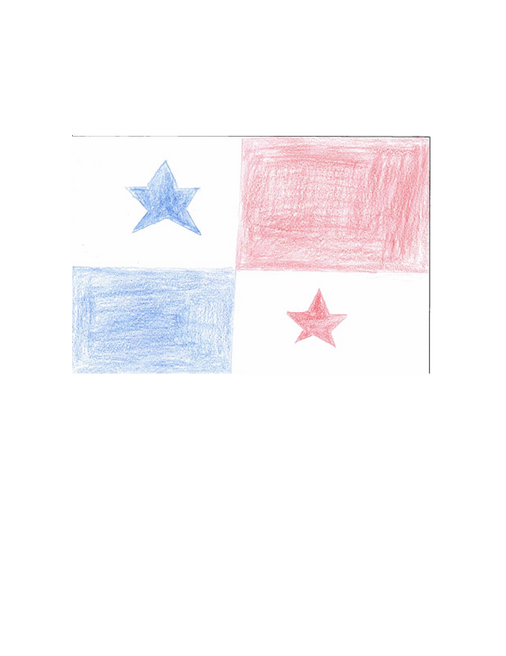
Natures Wonder
About the flag
For Panama's flag, the blue and red colors are those of the main political parties, Conservatives and Liberals. Conservatives care about loyalty, authority, and binding values, while the Liberals care about independence and individual values. The white color is supposed to represent how the two parties are at peace with each other. The blue star in the flag represents the virtues of purity and honesty, while the red star represents law and authority. Panama’s flag was created on November 1, 1903, and was officially adopted on March 25, 1925.

My flag of Panama
Socioeconomic
Infographic
Economy
Panama’s economy is moderate compared to sizable global economies, amounting to $70 billion for the country's GDP and $18,662 for Panama's GDP per capita. Panama is one of the fastest-growing economies in Latin America. Services mainly drive the economy, the Panama Canal, banking, shipping, and logistics. Tourism and financial services are also crucial to the economy. Panama's distinct geographic location greatly helps its economy. There is a notable income gap between the richest and poorest in Panama. Centers and sectors related to the canal and financial services are usually more wealthy when compared to rural and agricultural areas. Canal transit services are a significant part of Panama's export profit. Agricultural products such as bananas, shrimp, and seafood are also important exports from? Panama. Panama's main imports include machinery, electronics, and petroleum products. Canal operations, banking, shipping, and logistics are big employers in Panama's industry. Tourism, construction, and service industries are also big employers. The U.S. is Panama's biggest trading partner, with strong commercial ties in many sectors. Other important partnerships include the European Union, China, and other nearby Latin American countries. Panama's economy relies on services trade and the canal

Panama City